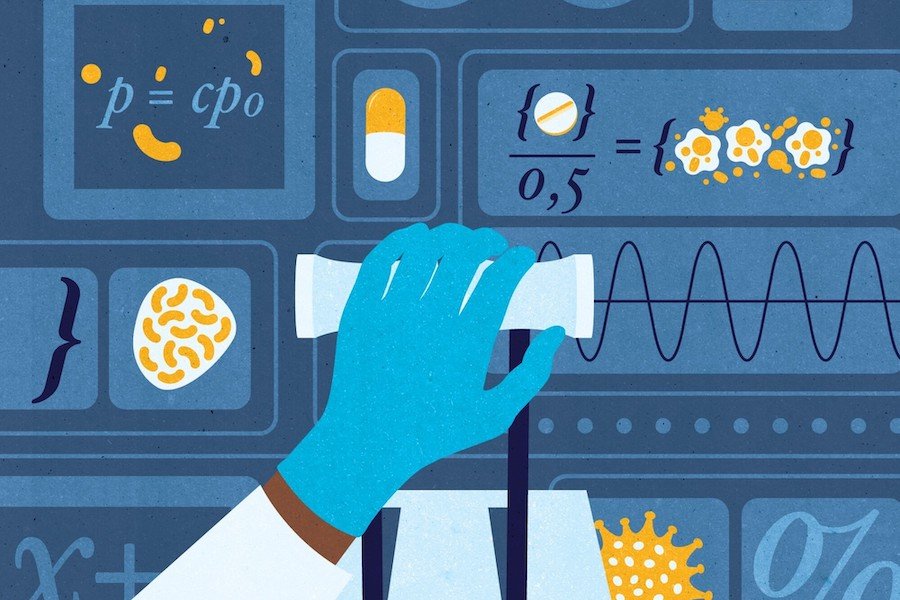Researchers use disease simulators to evaluate potential cancer treatments

Research gives new insight into how cells move, migrate, and grow
November 1, 2022
Backed up by the laws of physics, and with enough observation, scientists can create mathematical models that explain, simulate, and predict the behavior of just about anything. Even things we can’t see—like a dividing cancer cell or the marauding COVID-19 virus.
That’s what David Odde does.
A biomedical engineering professor in the University of Minnesota College of Science and Engineering, Odde brings a mathematical mindset to medicine. He and his team observe how different types of disease cells move, migrate, and grow in the body, and use that information to build models that predict how diseases will react in specific scenarios.
Think of it like a flight simulator, but on a microscopic level, Odde said.
Instead of practicing landing a plane in different kinds of weather, Odde and his team run simulations that test how diseases like cancer will respond to different kinds of treatment. Once a successful treatment emerges from the models, the scientists behind it can be more confident that it’s going to work.
Odde has collaborated with different researchers across the University of Minnesota to apply these models.
“Computer simulators have driven the technological transformation of our world—from aviation to pacemakers,” he said. “Technology has advanced to the point where we can begin applying this practice to defeat cancer. And that is exactly what we intend to do.”
Read the full story by Justin Harris in the University of Minnesota Foundation's Discovery magazine.
If you’d like to support research in the University of Minnesota College of Science and Engineering, visit our CSE Giving website.
